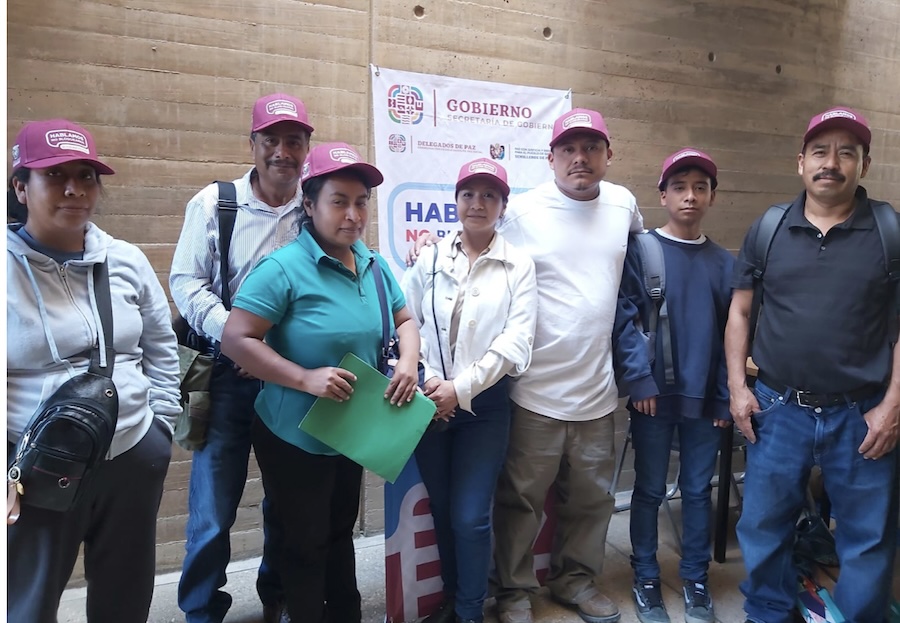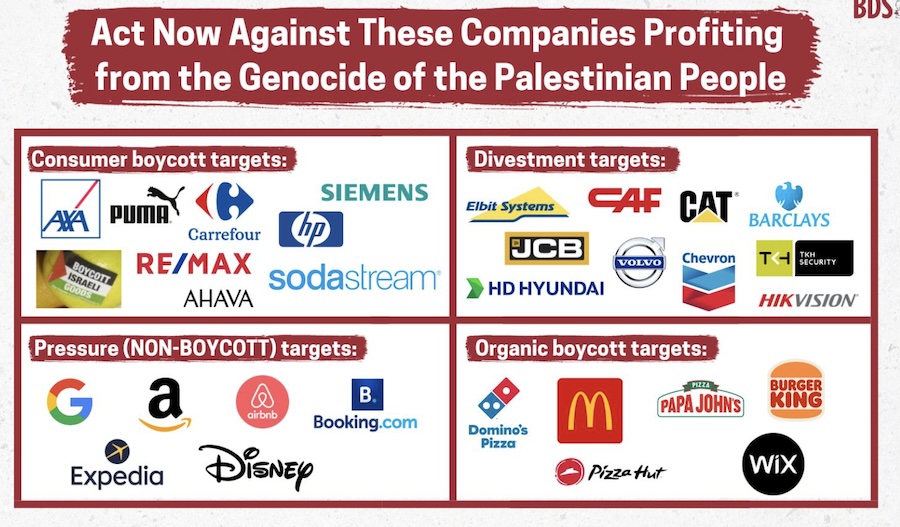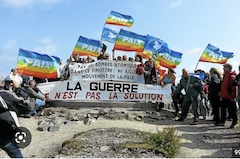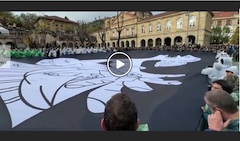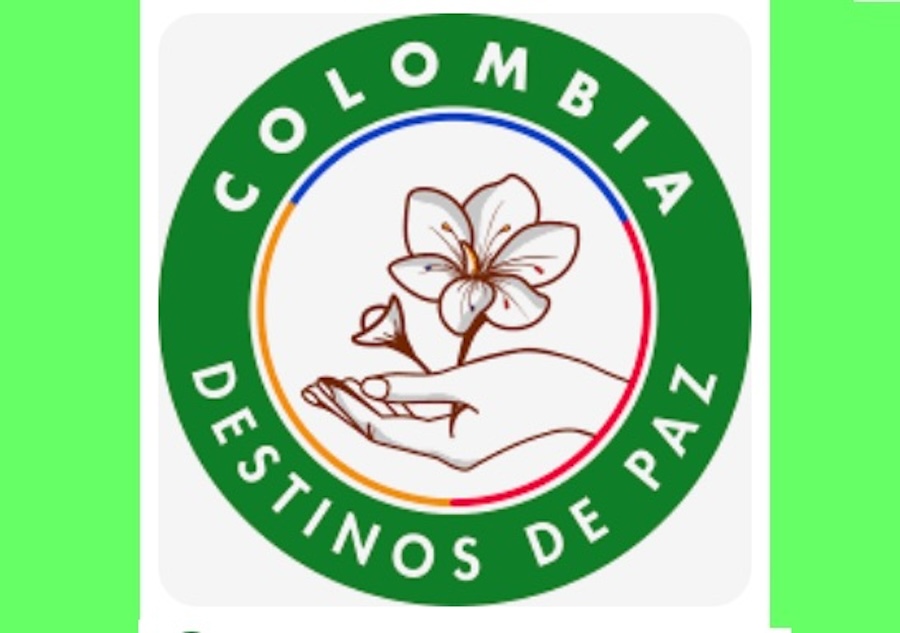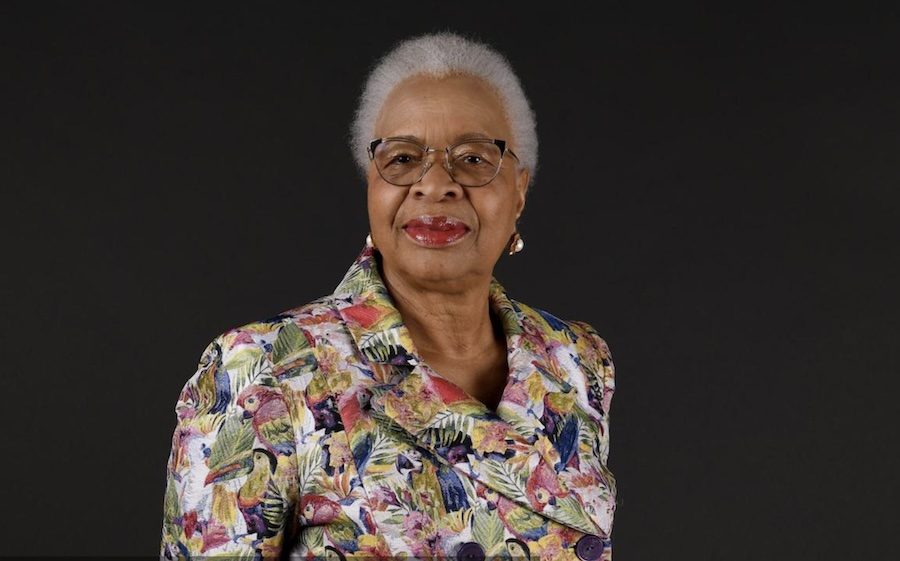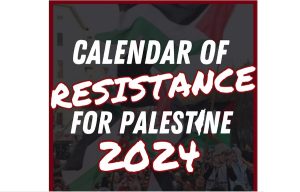EDUCATION FOR PEACE .
An article by Hannah J. Davies from Hyperallergic (produced in collaboration with the Arts & Culture MA concentration at Columbia University’s Graduate School of Journalism)
Since it began over a decade ago, the Black Lives Matter (BLM) movement has celebrated the literal movements of its participants. People protesting killings of Black people have not only marched in the streets; they have krumped, twerked, vogued, and resurrected the electric slide of the ’70s and ’80s in often impromptu responses to the emotions underpinning their demonstrations. Black choreographers, in turn, have woven the grief, anger, and sadness of the BLM movement into formal concert dance.

Choreographer Chanel DaSilva’s Tabernacle (2023) (photo by Amitava Sarkar, courtesy the Dallas Black Dance Theatre)
Choreographer Kyle Abraham presented “Absent Matter” in 2015, just two years after the acquittal of Trayvon Martin’s killer, George Zimmerman, ignited BLM and one year after the police killing of Michael Brown in Ferguson, Missouri. A work of fluid and athletic gestures, Abraham’s performance took its cues from hip-hop, ballet, and politically minded anthems like Kendrick Lamar’s “Alright.” In 2016, David Roussève’s “Enough?” — with an accelerating choreographic phrase danced to a soundtrack of Aretha Franklin — asked whether dance can be a sufficient medium for considering the brutality often inflicted on Black people.
Now (January 2024), eight years later, that question is being answered in the affirmative on major dance stages around the United States. Choreographer Jamar Roberts’s “Ode,” a somber and sensuous dance first performed in 2019 as a response to gun violence, was restaged for the Alvin Ailey American Dance Theater’s 65th anniversary in December. Last May, Chanel DaSilva’s “Tabernacle” premiered at the Dallas Black Dance Theatre, fusing Afrofuturism, hip hop, and African dance in a direct response to BLM. And last fall, as part of the French Institute Alliance Française’s (FIAF) Crossing the Line festival, the French-Malian choreographer Smaïl Kanouté’s “Never Twenty One” made its New York debut, its title borrowed from a BLM slogan. A trio of dancers whose bare arms and torsos were emblazoned with words like “death,” “negro,” and “PTSD” engage in movements akin to mortal combat onstage, punctuated by moments of kinship, in homage to people of color killed through gun violence in the US, South Africa, and Brazil before they had reached their 21st birthdays. After the performance at FIAF, one audience member noted that she had cried 63 times while watching.
While there is a clear difference between dance erupting on sidewalks and performances choreographed for the stage, there is overlap between the two forms. In addition to a sense of urgency, they share some of the same movements and gestures. In “Never Twenty One,” for example, the spasmodic krumping motions that originated in South Central Los Angeles in the ’90s were seen in protests in 2020 following the killing of George Floyd. One audience member animatedly joined in from her chair during the show at FIAF in perhaps an unusual move, but in another setting, it would be almost rude not to.
Dr. Shamell Bell, a dancer, Harvard lecturer, and one of the founding members of the Black Lives Matter movement in Los Angeles, explained to Hyperallergic the importance of rooting such pieces in lived experience and “[reaching] out to the people that you’re supposedly wanting to bring attention to.” Having begun her career dancing on the streets as a youth activist, Dr. Bell now works on performance pieces that, like “Never Twenty One,” play with the conventions and traditions of vernacular Black dance genres to shine a light on difficult topics.
(continued in right column)
(continued from left column)
Dr. Bell served as a co-social impact director for Ritual of Breath Is The Rite to Resist (2022), a transmedia opera at Dartmouth and Stanford that brought together dance, music, visual art, and text. Composed by Jonathan Berger and choreographed by Neema Bickersteth and Trebien Pollard, the piece was loosely based on the last moments in the life of Eric Garner, the 43-year-old African-American man who was killed by a New York City Police Department officer in 2014. His final words — “I can’t breathe” — became a major slogan for the BLM movement.
“We asked the community what they needed to heal,” Dr. Bell said. “One of the most important aspects of doing performance as activism is making sure it has tangible resources for and connections with the community it matters the most to.”
Dr. Bell reached out to Garner’s mother, Gwen Carr, and others who had lost children to police brutality, not only entering into a dialogue with them but also creating rituals aimed at supporting them emotionally. In a similar vein, Kanouté incorporated the testimonies of bereaved families into his piece at FIAF, including haunting monologues in multiple languages that comprise the show’s soundtrack. Both works go beyond archiving the experiences of their subjects to also provide a space for grieving. “Dance is a healing modality,” Dr. Bell added. “And we need to heal ourselves in order to heal this world.”
Of course, BLM and other movements for racial justice are just the latest chapters in a long history of Black cultural activism in the United States. Artist and academic Stafford C. Berry Jr., a scholar of what he describes as “African-rooted” dance at Indiana University, told Hyperallergic that these choreographic works extend and are part of “the trajectory and existence of Black lives from enslavement up until now,” adding that the BLM movement “is really a contemporary recapitulation of our earlier movements.” Mentored by the influential choreographers Chuck Davis and Kariamu Welsh, Berry noted that he has long drawn inspiration from the Black Arts Movement of the 1960s and ’70s, which emerged in tandem with Black Power. Even so, Berry sees the BLM movement’s resurgence in recent years as a step forward in understanding Blackness in America. Berry noted that the works that BLM has inspired have been “bold and unapologetic, by people who are centering themselves and trying to figure out what BLM means for the United States, and the world.”
This certainly seems true of Kanouté, who is based in Paris and was inspired by what he described to Hyperallergic as the “powerful echo” of events in the US to look at the loss of Black lives across the world. “We had a young man called Nahel [Merzouk] who was shot by the police,” he said, catching his breath backstage after the FIAF performance as he recalled the case of the 17-year-old boy of North African descent who was killed by French police last June, sparking protests across France. “The racism and separation I grew up with was under the surface, but now it’s come out.”
In the same way that popular dance can offer a sense of hope and resistance at protests, there is a cathartic quality to Kanouté’s work. Despite the frequent choreographed clashes among the three men on stage, “Never 21” was infused with a sense of truly owning and embracing Blackness and Black joy in its many forms. Kanouté explained that he draws particular inspiration from Black communities living in cities like Johannesburg and Rio de Janeiro, whose joy often exists side by side with danger and precarity.
“They have to create their own identity, their own music, their own dance, because they don’t know if tomorrow they will still be there,” Kanouté said. “In that kind of atmosphere, you create powerful things.”
– – – – – –
If you wish to make a comment on this article, you may write to coordinator@cpnn-world.org with the title “Comment on (name of article)” and we will put your comment on line. Because of the flood of spam, we have discontinued the direct application of comments.

